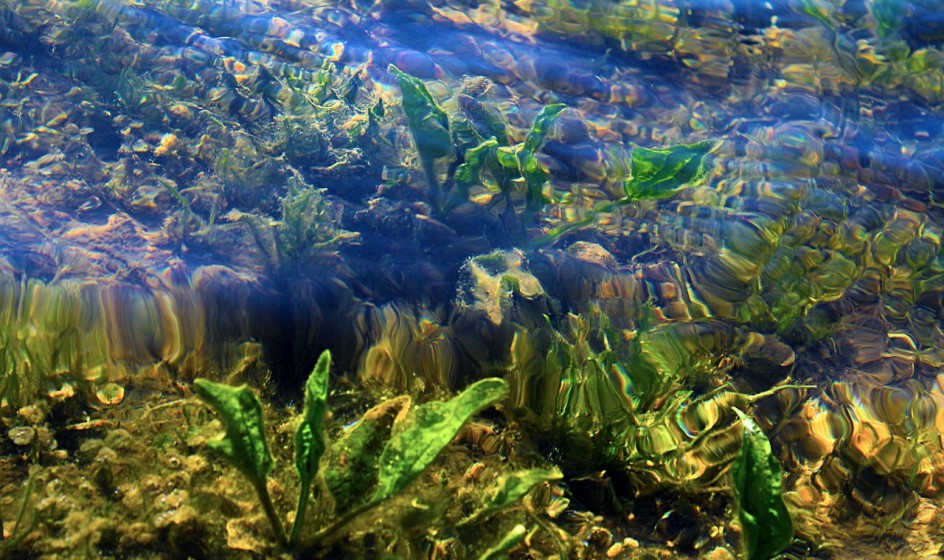

Fishes in Lake Miragoane

Conserving endemic and endangered fishes in a remote lake in Haiti
Conservation of freshwater fishes and their habitats is often hampered by mainly two factors. Firstly, there is a lack of basic information on what species there are. This is true for all Caribbean islands, but due to the political situation, it is particularly acute in Haiti. The second issue in Haiti is the lack of scientific capacity and availability of trained scientist to conduct research and implement conservation measures.
Hence, the first aim of this project is to conduct a much needed survey of one of the especially vulnerable habitats in Haiti, Lake Miragoane. The lake is home to a unique radiation of species from the genus Limia (family Poeciliidae) which is endemic to the Caribbean and contains ca. 20 species, 9 of which are endemic to Lake Miragoane. Additionally, as typical for the tropics, Tilapia have been introduced into the lake, but how they might interfere with the native fishes in the lake is unknown. Luckily, lake Miragoane has not yet experienced an invasion of other exotic livebearing fishes, such as guppies and swordtails. A survey is timely and will help to understand the current conservation situation and immediate threats to the endemic fish species.
As a second aim, the project addresses the lack of conservation scientists by training a local PhD student and his project team. The project will integrate local communities, including local fishermen, to support capacity building.
Species: Genus Limia (Limia mandibularis, Limia islai, Limia nigrofasciata)
Region: Haiti
Implementing partner: Université des Antilles, Guadeloupe, University of Oklahoma, US
Funding period: January 2022 - December 2022
Project goals
- To collect data on the population biology of livebearing fish in Lake Miragoane, along with relevant biotic and abiotic factors in the lake
- To map the occurrences of the fishes in the lake in order to determine which areas of the lake are most critical to conservation
- To evaluate anthropogenic pressures (fishing, washing clothes and vehicles, etc.) and natural factors (rainfall fluctuations)
- To work together with the local communities to mediate anthropogenic pressures
- To assess the threats caused by invasive fish species that cannot be reversed (such as Tilapia and carp) and that can be prevented (guppies or other ornamental fish) and work with the local communities to manage these threats
- Compile all data to establish conservation plans for the endemic and threatened fish species of Lake Miragoane
Planned activities
- To conduct lake surveys by collecting data on fish populations, presence, distribution and ecology, as well as invasive species
- To conduct interviews with local fisherman to support the lake surveys and understand anthropogenic threats
- To publish reports and scientific papers with recommendations for conservation plans